Category: Air Winds

Unveiling the Secrets: Jet Streams & Satellite Imagery
Jet streams and satellite imagery are two key elements that play a crucial role in weather forecasting and aviation operations. The term “jet stream” refers to high-altitude narrow bands of fast-flowing air currents in the atmosphere. These fast-moving winds can reach speeds of up to 200 miles per hour and…

Unveiling the Power of Jet Streams and Cyclones: A Weather Phenomenon Explained
Jet Streams and Cyclones are two fascinating meteorological phenomena that play a crucial role in shaping global weather patterns. First, let’s understand what exactly jet streams and cyclones are. Jet streams are high-altitude, narrow, and fast-moving air currents in the atmospheres of the Earth, Mars, and some other planets. They…

Airborne Biohazards: Unveiling the Invisible Threats
Biological particles in air refer to microscopic organisms or fragments of organisms that are suspended in the atmosphere. These particles can include bacteria, fungi, viruses, pollen, and other organic matter. It is important to note that these particles are not limited to outdoor environments, as they can also be found…

Unleashing the Power of Jet Streams: Revolutionizing Wind Energy
Jet streams are a fascinating phenomenon that plays a crucial role in both weather patterns and wind power generation. These narrow bands of strong winds, located in the upper atmosphere, flow from west to east and can reach speeds of up to 200 miles per hour. While jet streams have…

Unlocking the Secrets: Jet Streams & Precipitation Unveiled
Jet streams and precipitation are two fascinating and interconnected phenomena that greatly impact our weather patterns and climate. The term “jet stream” refers to narrow bands of strong winds that blow in the upper atmosphere, typically at altitudes of 30,000 to 40,000 feet. These powerful air currents can reach speeds…

Unveiling the Secrets of Jet Streams and Tropopause
Jet streams and tropopause are two fascinating phenomena in the world of meteorology. Jet streams, often described as narrow bands of strong winds, flow at high altitudes in the Earth’s atmosphere. These powerful and relatively narrow air currents can reach speeds of up to 250 miles per hour. One interesting…

Unveiling the Dynamic Connection: Jet Streams & Mountain Ranges
Jet streams are fast, narrow air currents located in the Earth’s atmosphere. They are formed due to the difference in temperature between the tropics and the poles. These high-altitude air currents play a crucial role in shaping weather patterns, especially in the mid-latitudes. A fascinating aspect of jet streams is…

Unveiling the Hidden Dangers: Airborne Microorganisms Exposed!
Airborne microorganisms, also known as bioaerosols, are minuscule particles suspended in the air that harbor living organisms such as bacteria, fungi, viruses, and pollen. These microorganisms are ubiquitous and can be found both indoors and outdoors. One unique fact about airborne microorganisms is their ability to travel over long distances,…

Unveiling the Power of Jet Streams & Weather Fronts
Jet streams and weather fronts are two crucial elements that play a significant role in shaping our weather patterns. Jet streams are high-altitude narrow bands of fast, strong winds that blow from west to east in the upper levels of the atmosphere. They occur where there is a significant difference…

Unveiling the Hidden Dangers: Bioaerosols & Ag Practices
Bioaerosols are tiny particles that are suspended in the air and composed of living organisms or fragments of them. These organisms can include bacteria, fungi, viruses, and pollen. They are an essential component of the Earth’s atmosphere and play a crucial role in various ecosystems. In the context of agriculture,…
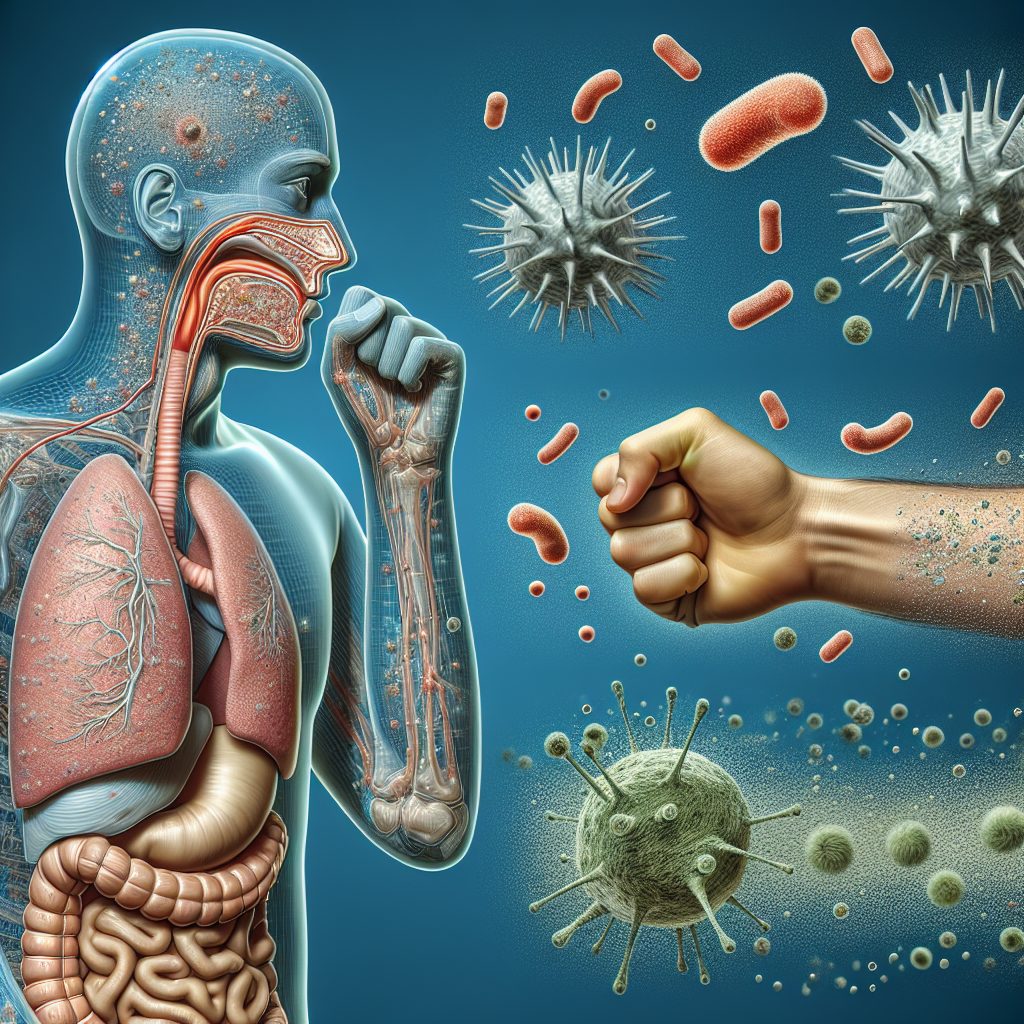
Bioaerosols: Unveiling Hidden Health Dangers
Bioaerosols are microscopic particles that are suspended in the air, composed of living organisms such as bacteria, fungi, viruses, and pollen. They can be found in various indoor and outdoor environments, including homes, workplaces, hospitals, and natural settings. These bioaerosols can pose significant health risks to humans, contributing to the…
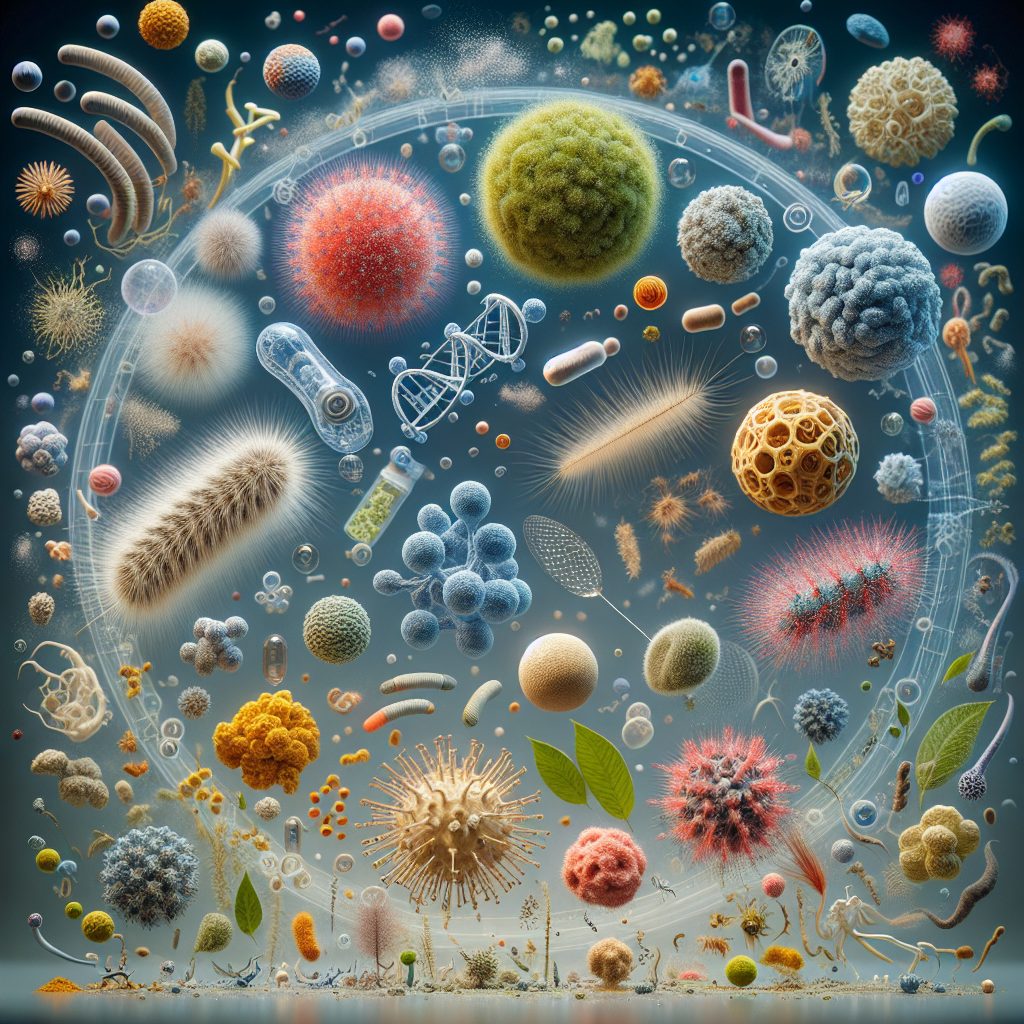
Biodiversity’s Hidden Threat: Unveiling the Impact of Bioaerosols
Bioaerosols are an intriguing aspect of the natural world that often goes unnoticed by many. Defined as airborne particles of biologic origin, bioaerosols encompass a wide range of microorganisms, such as bacteria, fungi, and viruses, as well as their genetic material. What sets bioaerosols apart from their non-living counterparts is…

Bioaerosol Monitoring: The Key to Healthy Indoor Air
Bioaerosol Monitoring is a vital process in assessing the presence and impact of airborne particles and microorganisms in various environments. In simple terms, bioaerosols refer to tiny solid or liquid particles suspended in the air that carry living organisms such as bacteria, fungi, viruses, and pollen. These bioaerosols can be…

10 Surprising Indoor Bioaerosol Sources: Unveiling Hidden Health Hazards
Indoor Bioaerosol Sources refer to the various types of particles or microorganisms that are present in indoor air. These bioaerosols can originate from a variety of sources such as humans, pets, plants, and various indoor activities. It is fascinating to note that a human body can shed up to one…
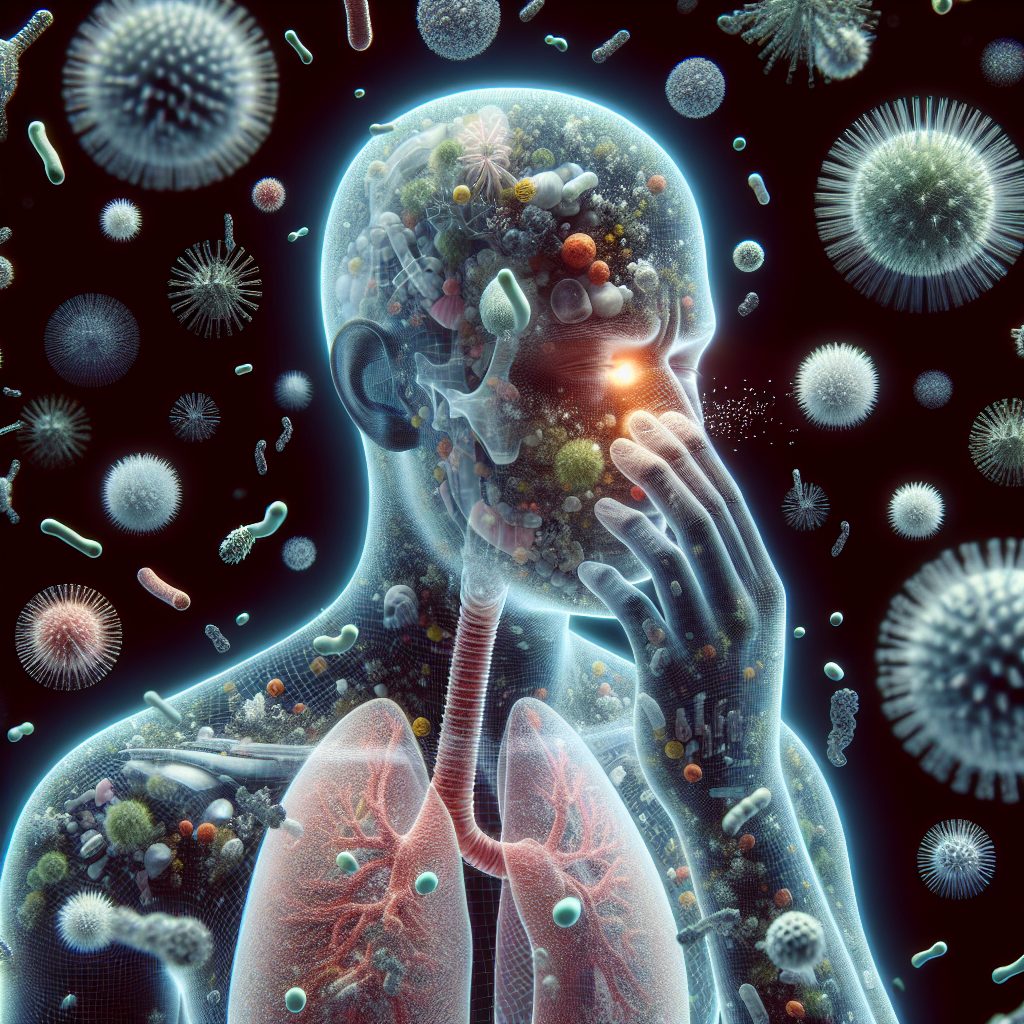
Breathe Easy: Bioaerosols and Allergies Unveiled
Bioaerosols are minuscule airborne particles that contain living organisms, such as bacteria, fungi, viruses, and pollen. These organic particles can be found in various environments, both indoor and outdoor. One fascinating fact about bioaerosols is that they are constantly present in the air we breathe, and their composition and concentration…

Unveiling the Hidden Dangers: Bioaerosol Dispersion Exposed
Bioaerosol Dispersion refers to the process in which biological particles, such as bacteria, viruses, or fungi, are dispersed into the air. This can occur naturally through activities such as coughing, sneezing, or even just talking. However, bioaerosols can also be released intentionally, for example, during laboratory experiments or in certain…
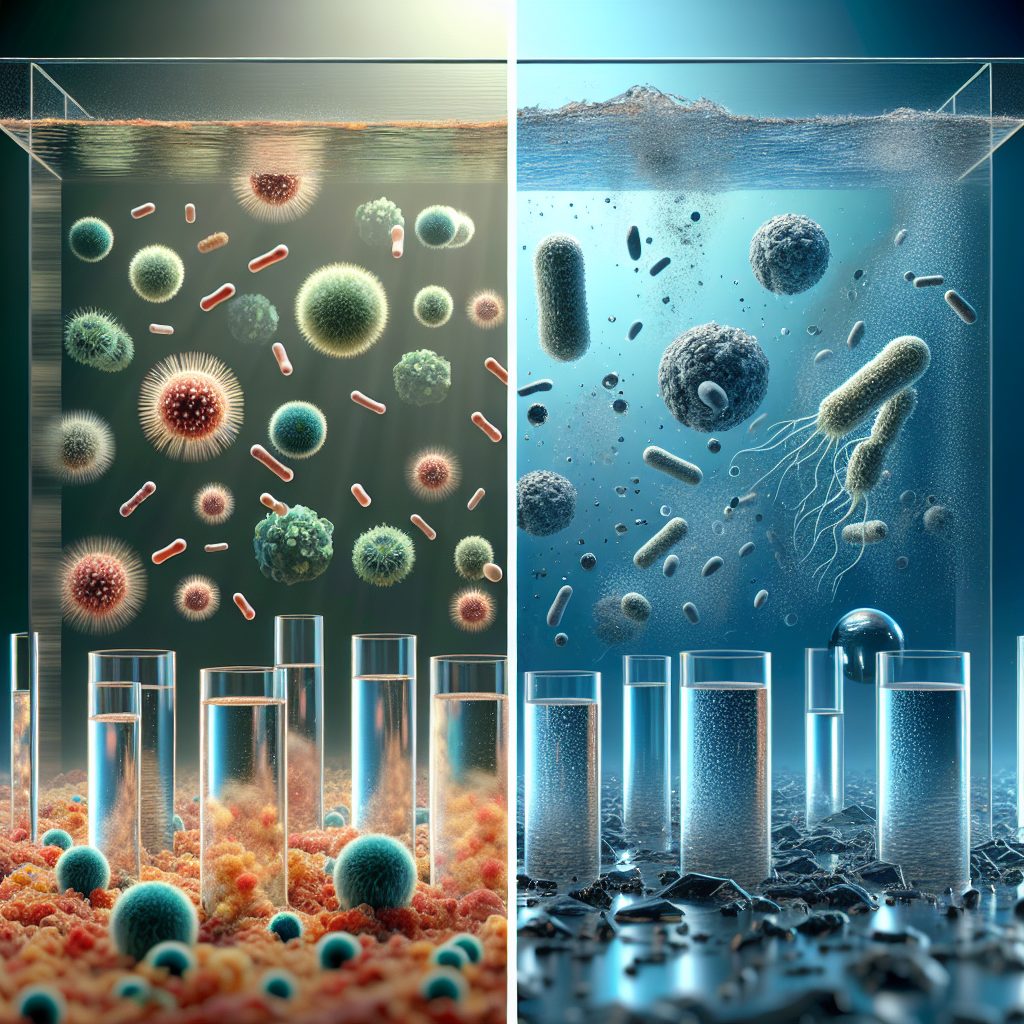
Revolutionizing Water Quality: The Impact of Bioaerosols
Bioaerosols are a fascinating yet often overlooked aspect of water quality. These microscopic particles, consisting of living organisms or their byproducts, have a significant impact on the overall health and cleanliness of our water sources. With the ability to travel through the air and settle on water surfaces, bioaerosols play…
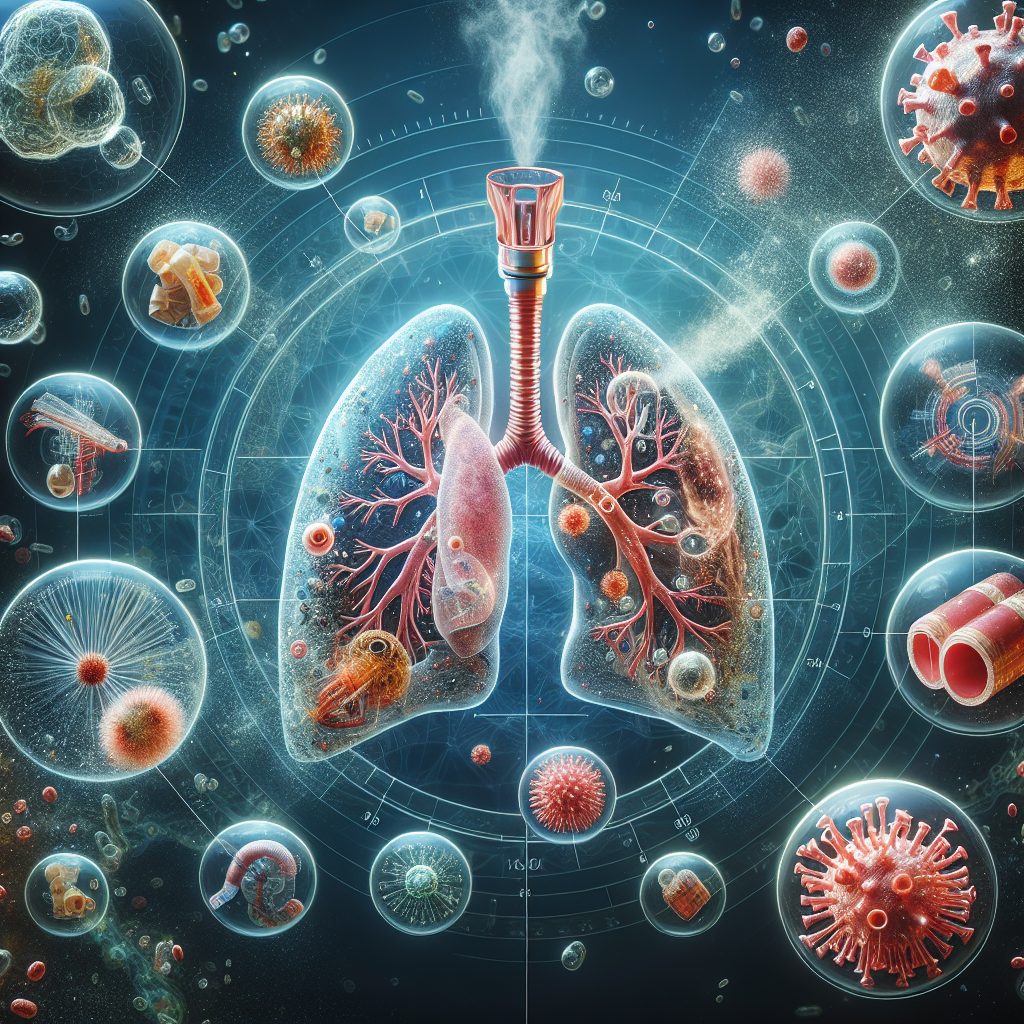
Breathe Easy: How Bioaerosols Impact Respiratory Health
Bioaerosols refer to tiny particles suspended in the air, consisting of living organisms or their byproducts. These organisms include bacteria, fungi, viruses, and pollen. One unique fact about bioaerosols is their ability to travel long distances through the air, allowing them to be easily inhaled and potentially reach deep into…
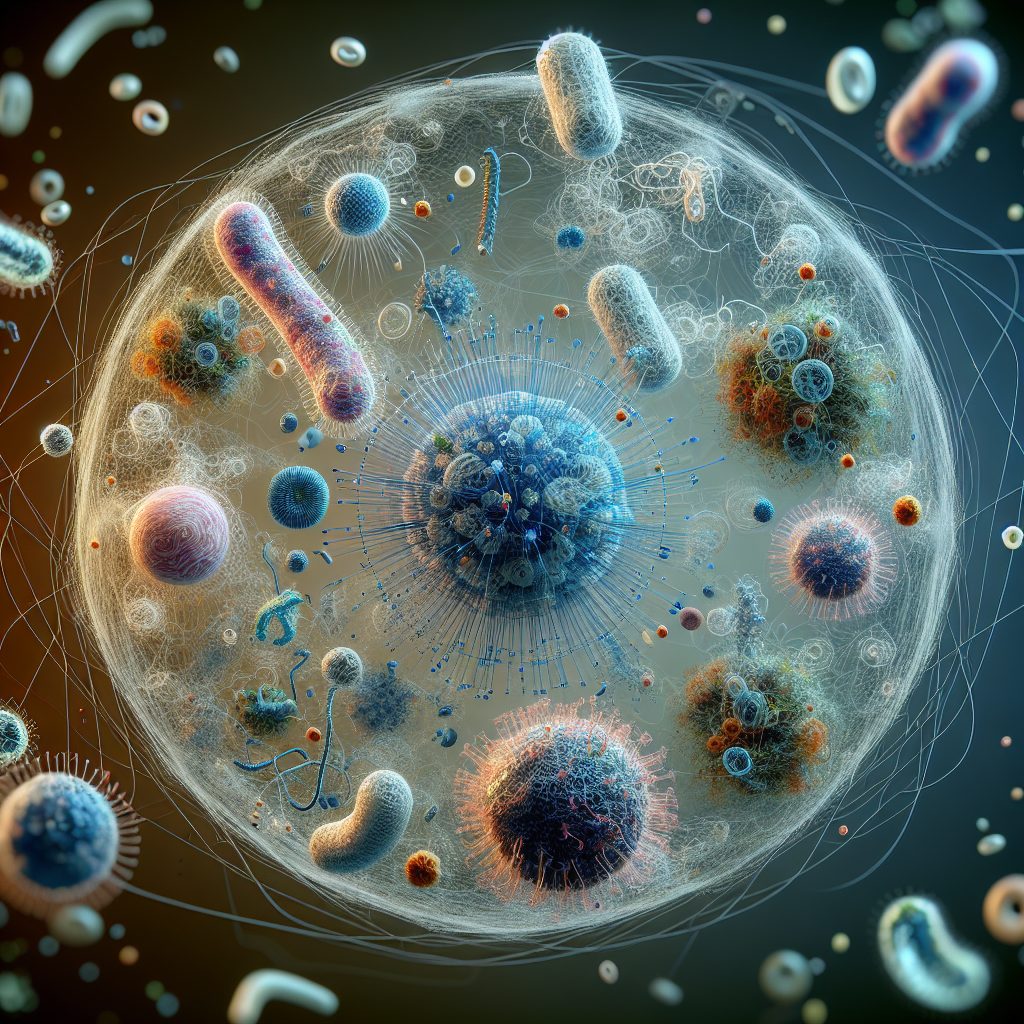
Unveiling the Hidden Threat: Bioaerosols & Infectious Diseases
Bioaerosols are air particles that contain living organisms or substances derived from living organisms, such as bacteria, fungi, viruses, or pollen. These tiny particles are easily inhaled and can pose various threats to human health. One unique fact about bioaerosols is that they are ubiquitous in our environment, and we…

Bioaerosols: The Silent Threat to Air Quality
Bioaerosols are microscopic particles that are released into the air through biological processes such as respiration, decomposition, and microbial activity. These particles can consist of various organic and inorganic substances, including bacteria, viruses, pollen, fungi, and other allergens. With the growing concern about air pollution and its impact on human…
